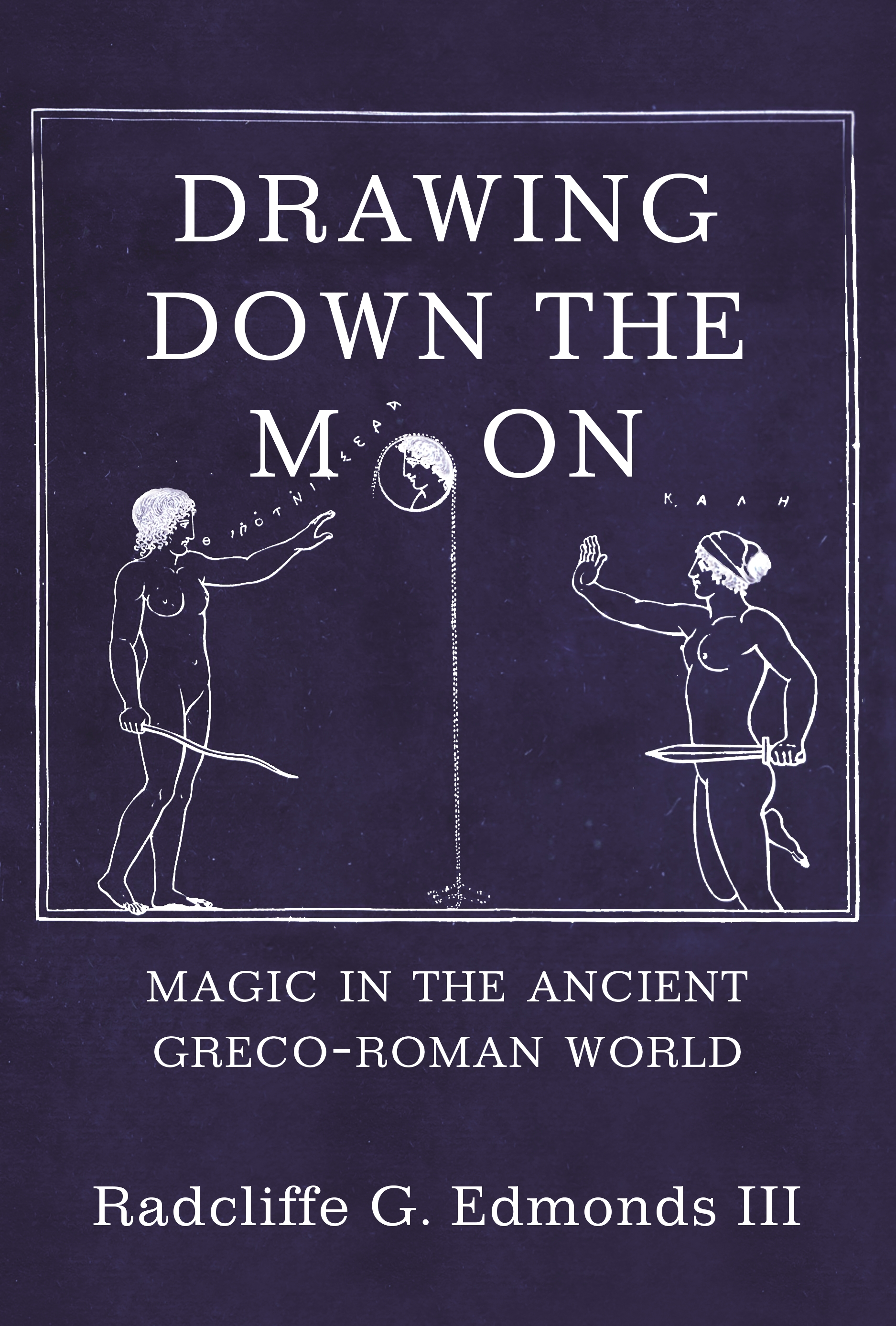Drawing Down the Moon (Review)
Drawing Down the Moon: Magic in the Ancient Greco-Roman World is an academic history of the perspective and practice of magic. Broad and detailed, Edmonds covers multiple types of magic, discussing the who, what, why, and how of each, and attempting to place the magic within the broader culture practice. Themes carried throughout include what counts as magic and how that magic might be embedded within the culture.

Since this is an unusual work for me, I should establish the context of this review. First, I have no training in the history of magic. My history of science training included material on astrology and alchemy, in terms of their influence on the development of mathematics, astronomy, and chemistry, but only at the undergraduate level. I have two interests in the book: one, a lay-interest in the subject matter amid my general interest in Greco-Roman studies and two, evaluating whether the material could be useful in a roleplaying game supplement. Thus, while I am unqualified to speak to the finer academic debates within the text, I can represent the lay-person.
What counts as magic? This is a deep question, because the ancients treated some magic as “natural”, some was integrated into religious practices, while other aspects were considered very unnatural. Edmonds proposes the definition:
Magic is a discourse pertaining to non-normative ritualized activity, in which the deviation from the norm is most often marked in terms of the perceived efficacy of the act, the familiarity of the performance within the cultural tradition, the ends for which the act is performed, or the social location of the performer. (pg 5)
This definition is tested multiple times within the book and proves fairly robust. Note that this definition does not include “going against the natural order” since there wasn’t a scientific viewpoint to violate.
Edmonds begins the book with chapters on the definition of magic and the broader nature of magic in the Greco-Roman world. Afterwards, he covers curses, love charms, healing and protective spells, the relationship between magic and religion, divination, astrology, alchemy, and theurgy with a detailed chapter on each. Finishing the book is a conclusion on the definition of magic. The first two chapters are rough-going to the layperson because they concern many subtle academic debates. The heart of the book, discussions of different types of magic, are much more engaging.
A key part of the analysis is the attempt at obtaining an emic perspective. There are two types of perspectives: etic, which is the exterior, scholarly perspective of magic, its practices, and its role within the culture, while emic is the cultural insider’s perspective. Separated by 2000 years, the emic perspective is lost to us, but we can try to understand aspects through literary and other historical artifacts. The author quotes many poems, letters, and legal documents to provide insights into the emic pespective.
Although the chapters on each type of magic may quote spells and rituals, they are neither catalogs nor manuals. For instance, the chapter on astrology is insufficiently detailed for someone to draw their own horoscope, but it does cover what horoscopes, tools, and other references come to us, how astrology was likely practiced, the theories underlying astrology and some of the criticism of the time, and what may have driven people to pay for horoscopes (or outlaw them). While appropriate for a historical work, this is less useful for background material for a game.
While I found much of the book interesting, the depth of the material often exceeded my patience. I do not think this is a good first book on the subject or for readers unused to graduate level texts, but I think it is a good way to launch into more detailed studies or obtain an understanding of the current state of the field.